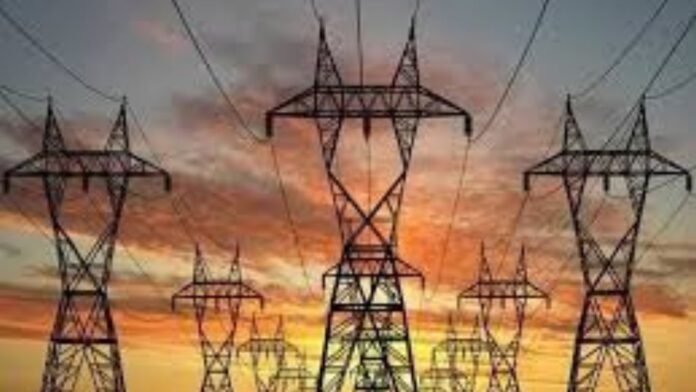Islamabad: Pakistan’s power sector is in trouble over capacity payments. Last year alone, the government purchased electricity worth Rs1,198 billion from Independent Power Producers (IPPs), but incredibly, total payments made to these producers amounted to Rs3,127 billion – leaving a whopping variance of Rs1,929 billion as this huge amount was paid as capacity payments to IPPs without buying any electricity.
Capacity payments
Capacity payments are fixed charges paid to power producers to ensure they can generate electricity when required, irrespective of whether they produce it. The system is designed to maintain an uninterrupted power supply and attract investment in generation capacity. However, this model did not work last year because massive amounts were wasted, which shows resource mismanagement and inefficiencies within this sector.
The details of these expensive transactions reveal that just 38% of all money given out went towards covering costs associated with actual production. A staggering 62% was meant for financing idle capacity through capacity charges or fees. This means that most funds are spent on maintaining non-performing assets rather than creating wealth through output realization within the energy sector. It was also found later that 85% percent of IPPs produced less than half their full load capability but were still getting paid a hundred percent. This implies that such plants should not have been paid anything since they produced nothing close to it. What they could have done if they operated at maximum efficiency.
Power Plants With 0% Plant Factor
Moreover, some power plants with 0% plant factor, which means no energy they generated, including Hubco Kapco HCPC, etc., received Rs46.4bn as only one year’s worth of Capacity Payments (CP). This begs questions about the efficiency and justification behind such payments; hence, policy reforms may be necessary where stricter regulations can be put in place so that future payments do not go astray like these appear to have already.
Further scrutiny, however, shows specific imbalances during the allocation of funds. For example, the Nandipur plant produced only 8% of its capacity but still got paid Rs15bn. As CP, while another plant with just 4% plant factor received over Rs7bn. This points out that payments are not in line with actual output; therefore. IPPs seem to be favored over their performance record under the current structure.
This trend extends even further. Plants producing 25% less than their full load capability were given Rs568bn as CPs. Rs1,314bn went towards financing facilities that generated power ranging from twenty-five percent up to eighty-three percent. What they were designed to achieve. Thus indicating widespread waste through underutilization or inefficiency within the power sector.
Consequently
Consequently, this situation has significant financial implications since the government indirectly subsidizes inefficiencies in the power industry. Thereby diverting much-needed money from other priority areas such as infrastructure development, healthcare, education, etc. Moreover, high capex costs contribute heavily to the circular debt problem. This arises when there is a difference between cost-generation revenue sales, resulting in the accumulation of debts by the state. These debts end up affecting the economy of the average citizen, who has to pay higher tariffs for electricity.
Meeting these difficulties involves a lot of different components. Policymakers should reconsider the current capacity payment system and undertake modifications associated with actual electricity generation and performance. A few essential measures for establishing a power industry that is financially viable and sustainable include fostering investments in efficiency. And dependable methods of electricity production and tightening controls over regulations. And enhance transparency in the distribution of payments made.


